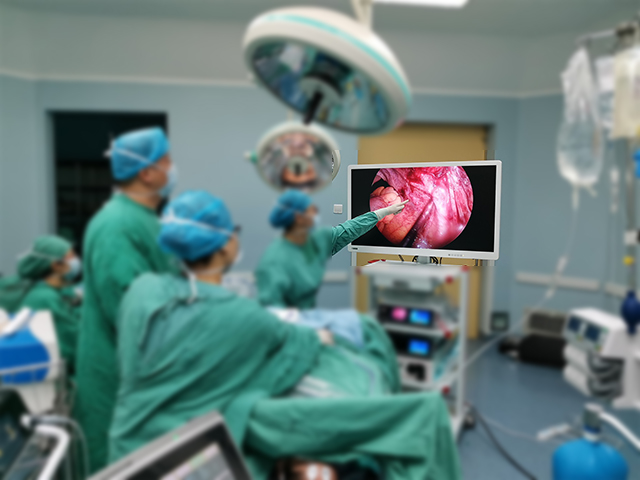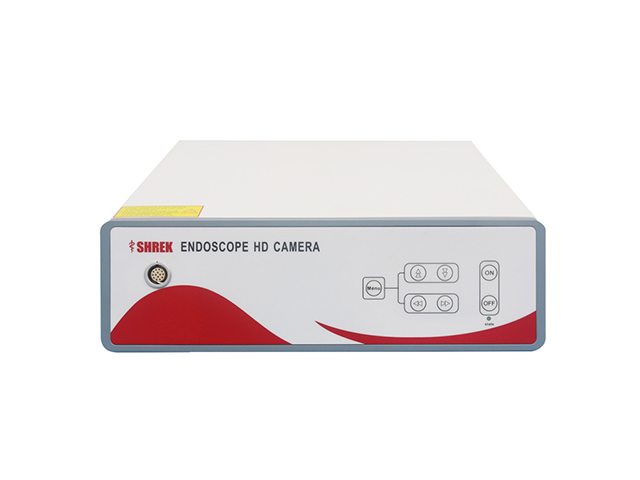SHREK NEWS
laparoscopic camera holding skills

The skill of holding a laparoscopic camera is essential in laparoscopic surgery, as it determines the quality of the images displayed on the monitor for the surgeon to perform the procedure effectively. Here are some tips for holding a laparoscopic camera:
A laparoscopic camera is a type of medical camera used in laparoscopic surgery. It is a small, high-definition camera that is attached to the end of a thin, flexible tube called a laparoscope. The laparoscope is inserted through a small incision in the patient's body and is used to visualize the internal organs and tissues. The camera transmits real-time images of the surgical site to a monitor, allowing the surgeon to see inside the body without making a large incision. Laparoscopic cameras are typically equipped with features such as zoom and focus controls, and they can be rotated and angled to provide a better view of the surgical field. The use of laparoscopic cameras has revolutionized many types of surgical procedures by reducing patient trauma, post-operative pain, and recovery time.
laparoscopic camera holding skills
Positioning: Hold the camera in a way that provides the surgeon with a clear view of the operative field. The camera should be at a suitable angle to capture the surgical site, and it should be stable enough to avoid shaky images.
Hand position: Place your non-dominant hand at the base of the camera and your dominant hand on the top of the camera. Your fingers should rest on the focus and zoom buttons while holding the camera firmly. Keep your wrist in a neutral position to avoid straining your muscles.
Movement: When moving the camera, do it smoothly and slowly to prevent blurring of the image. Use small movements and avoid jerky or sudden movements, as they can cause discomfort to the surgeon and affect the quality of the images.
Communication: Always keep in touch with the surgeon to ensure that the camera is pointing in the right direction. The surgeon may need to adjust the camera angle to achieve a better view of the surgical field.
Practice: Regular practice can help you improve your laparoscopic camera holding skills. You can also seek feedback from the surgeon to identify areas where you need improvement.
Remember that good laparoscopic camera holding skills are crucial for the success of the surgery, so it's important to take the time to develop and refine your technique.




